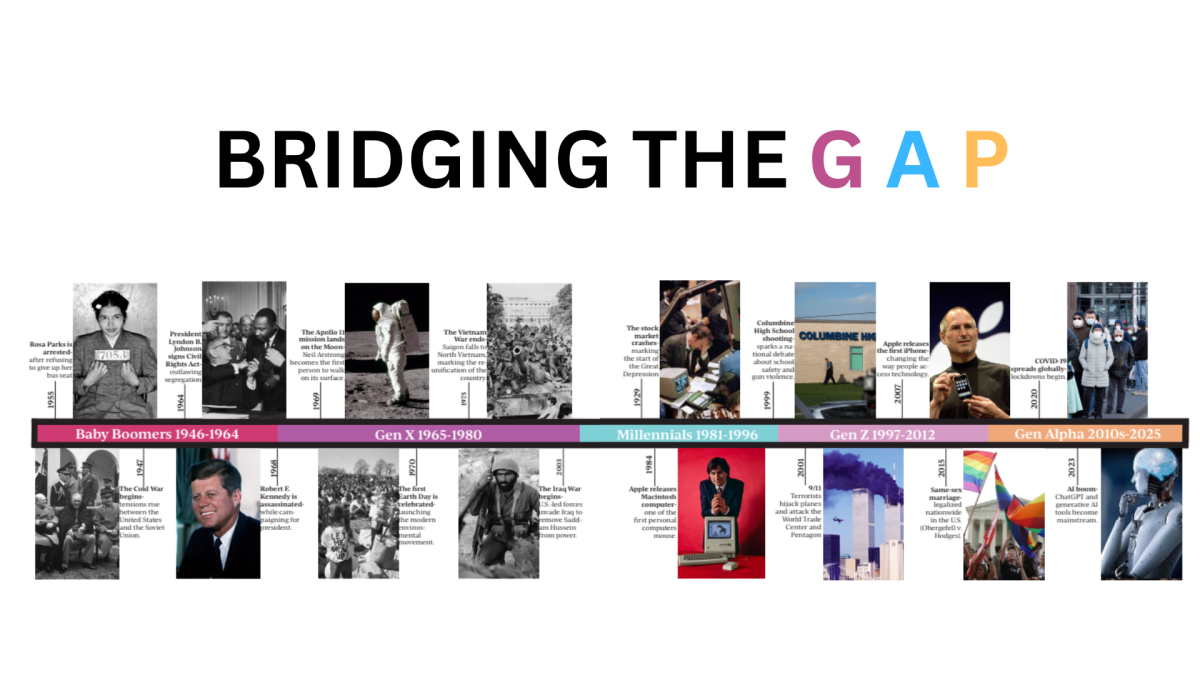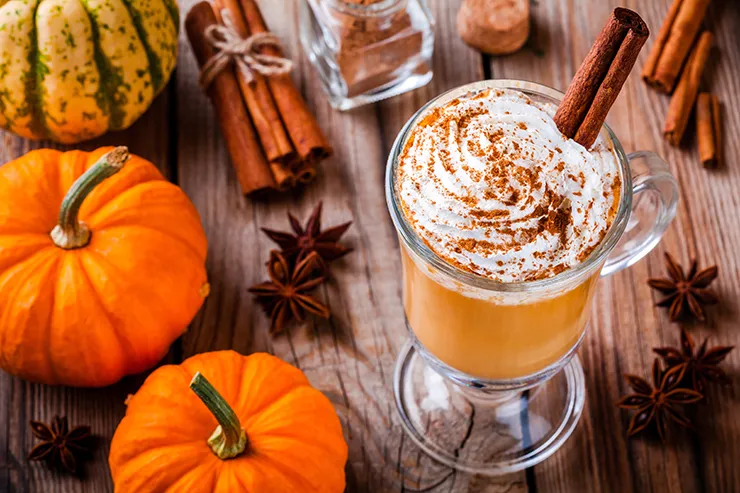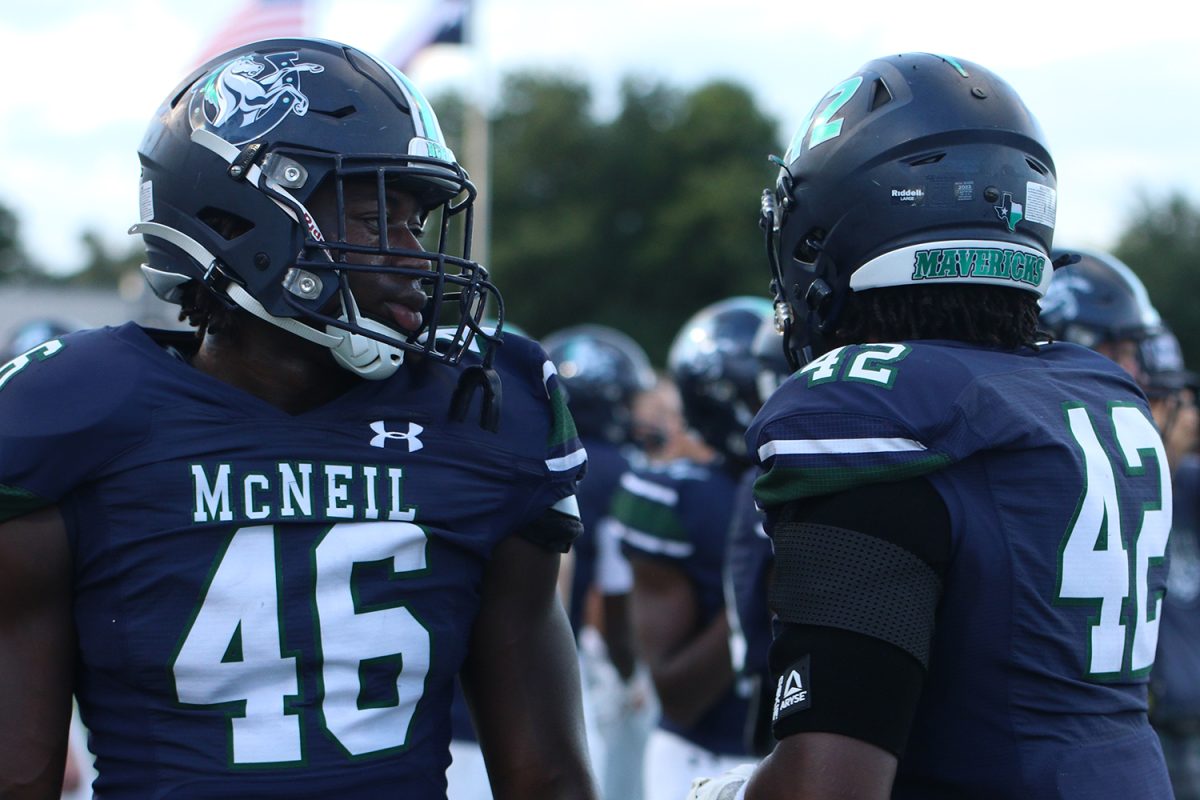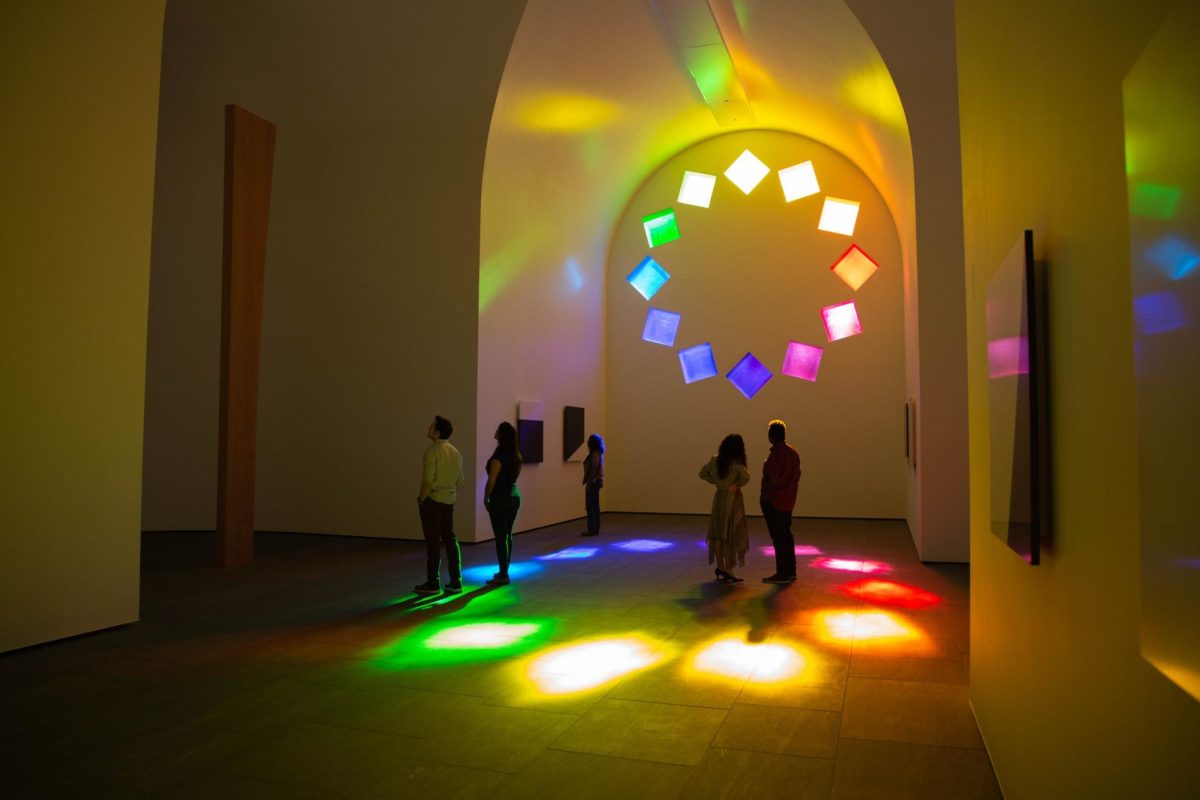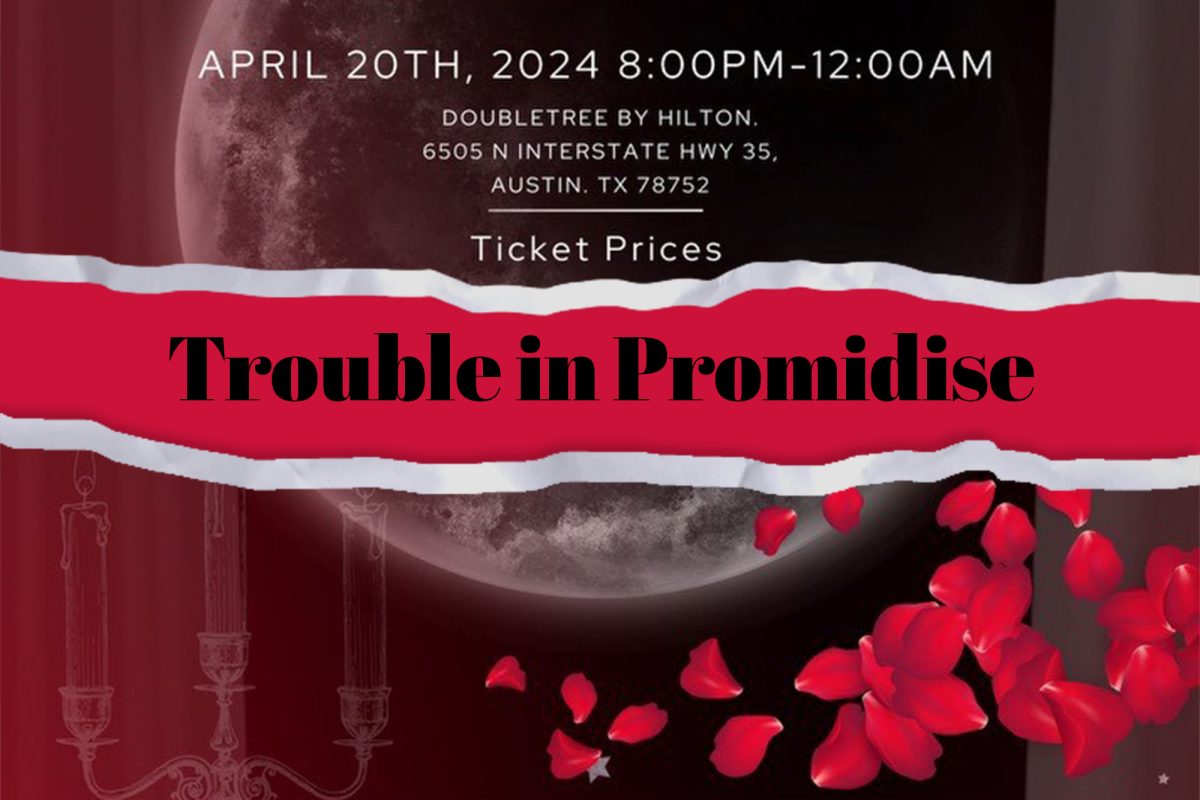Once the Holidays come around everyone loves to see the cheer that comes with season and the decorations. From the time we were little, we know staple holiday symbols and traditions, like candy canes, Christmas trees, candles, bells and wreaths. Here’s what history has to offer us.
Christmas trees are fir evergreens and dating back to the Romans they had always been winter decorations reminding us spring would come again though the first time the evergreen was used as a Christmas tree was either in Tallinn, Estonia or Riga, Latvia. In the 16th century, they started to become a regular custom inside people’s homes. In Germany, they would bring the tree inside their home representing everlasting life. It was only when the news had spread of Queen Victoria and her German husband Prince Albert setting up a Christmas tree inside the palace that it became the main symbolism of Christmas throughout England and America and has held up to this day throughout both nations.
The symbolism of wreaths dates back to ancient Greece and Rome. Then victorious athletes wore woven branches in a crown shape. According to Readers Digest, “the symbol of a never-ending circle made of evergreens. (The wreath) also offered the promise of spring’s rebirth to pagans celebrating the winter solstice. Later, this Christmas symbol was adapted into Christian celebrations with the advent wreath, which is used to count down the weeks until the birth of Jesus.”
According to Readers Digest, “the darkest of days of the year, candles and fire represented hope, warmth and rebirth in winter solstice traditions around the world. These eventually merged with Christian traditions for Christmas.”
To see yesterday’s Christmas Advent Calendar post about Christmas traditions, use this link.

